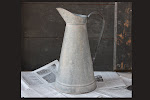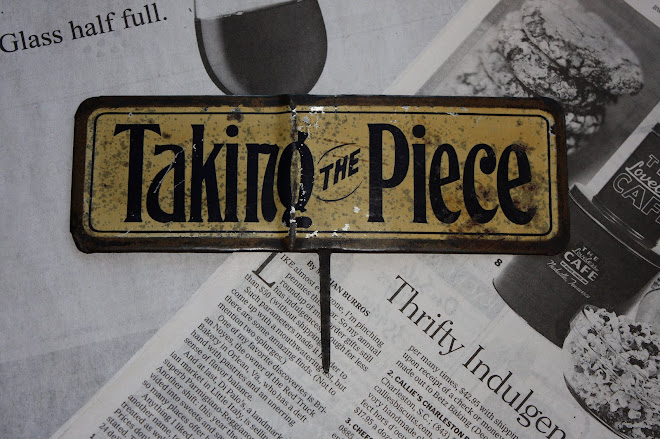The Victorian era in Britain was a prolific and innovative period in the production of kitchenware and coincided with the rising fashion for preparing and displaying elaborate meals. An enormous variety of kitchenware items were produced to better facilitate the storage, preparation and presentation of food.
Glazed white stoneware was a popular material in the late 19th century because it was considered to be hygienic -everything from jelly and pudding molds to pie funnels and baking dishes as well as display stands and storage jars were produced in white stoneware. The material together with other white ceramics was also seen as the ideal blank canvas for advertising and promotional products emerged to serve a dual purpose. In addition to their primary function, many items such as storage jars and baking dishes also served as advertising pieces for the company that either manufactured or commissioned the pieces. Grimwade Bros. for example, used their white-banded storage jars to advertise the company’s other “hygienic wares” and in the case of their “Quick-Cooker” bowl, Grimwade listed that particular product’s virtues. Brown & Polson, a manufacturer of corn flour, advertised their product on shortbread baking dishes or printed Blancmange recipes onto molds that incorporated their brand of corn flour. In other examples, instructions for the kitchen staff or housewife were inscribed directly onto the product. An example of this is Kent’s “Patent Milk Saver”, inscribed with instructions on how to use the product.
Today, glazed white stoneware items that feature advertising have tremendous appeal to collectors as they are essentially an interesting historical record of past social trends and evolving tastes. The advertising was most often transfer printed in black and sometimes also included pictorial advertising. As a general rule, the more elaborate and decorative the advertising is, the more desirable the piece is to a collector. Many pieces however were simple in both their design and sparing use of advertising –often the advertising was limited to just the product name and maker and perhaps a patent or registration number. Grimwade pieces were characteristically transfer printed in green and in an attempt to distinguish themselves from other competitors Grimwade often included elaborate schematic diagrams and designs that implied a superior edge. Examples of this are the “Paragon Blancmange” jelly mold and “Bleriot Pie Divider”. Sometimes the advertising was printed in blue as in the case of the Kent’s “Egg Beater and Batter Mixer” or in polychrome as in the case of the “Diadem Egg Beater” stand -both have unusual decoration and are highly sought after by collectors.
For the most part, glazed white ceramic kitchenware inscribed with advertising has timeless appeal that is often accomplished through simple forms. The “black and white” nature of many pieces can be visually striking and easily integrated into both modern and traditional kitchen décor. Whether valued for their decorativeness or their place in social history, many examples will continue to have broad appeal amongst collectors and decorators alike.
For the most part, glazed white ceramic kitchenware inscribed with advertising has timeless appeal that is often accomplished through simple forms. The “black and white” nature of many pieces can be visually striking and easily integrated into both modern and traditional kitchen décor. Whether valued for their decorativeness or their place in social history, many examples will continue to have broad appeal amongst collectors and decorators alike.



